Wallace Moreira Bessa
Benchmarking ML Approaches to UWB-Based Range-Only Posture Recognition for Human Robot-Interaction
Aug 28, 2024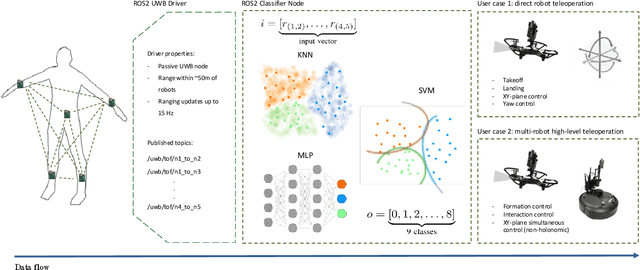

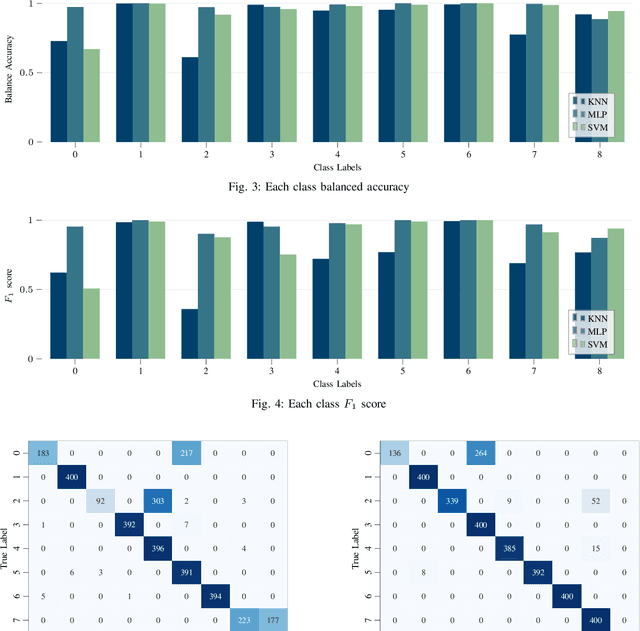
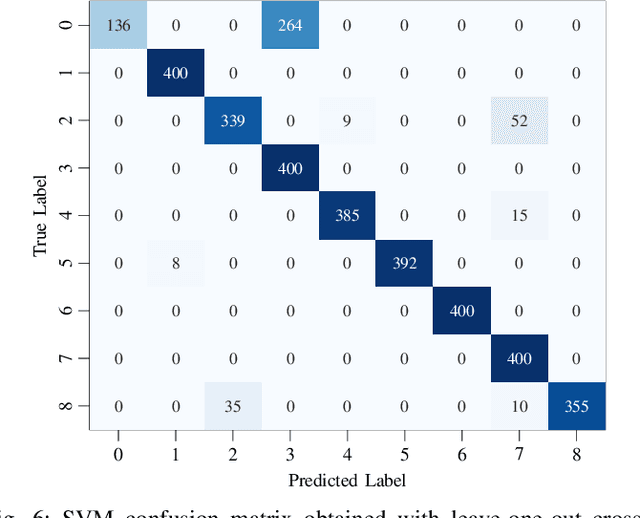
Abstract:Human pose estimation involves detecting and tracking the positions of various body parts using input data from sources such as images, videos, or motion and inertial sensors. This paper presents a novel approach to human pose estimation using machine learning algorithms to predict human posture and translate them into robot motion commands using ultra-wideband (UWB) nodes, as an alternative to motion sensors. The study utilizes five UWB sensors implemented on the human body to enable the classification of still poses and more robust posture recognition. This approach ensures effective posture recognition across a variety of subjects. These range measurements serve as input features for posture prediction models, which are implemented and compared for accuracy. For this purpose, machine learning algorithms including K-Nearest Neighbors (KNN), Support Vector Machine (SVM), and deep Multi-Layer Perceptron (MLP) neural network are employed and compared in predicting corresponding postures. We demonstrate the proposed approach for real-time control of different mobile/aerial robots with inference implemented in a ROS 2 node. Experimental results demonstrate the efficacy of the approach, showcasing successful prediction of human posture and corresponding robot movements with high accuracy.
A neural network based controller for underwater robotic vehicles
May 23, 2022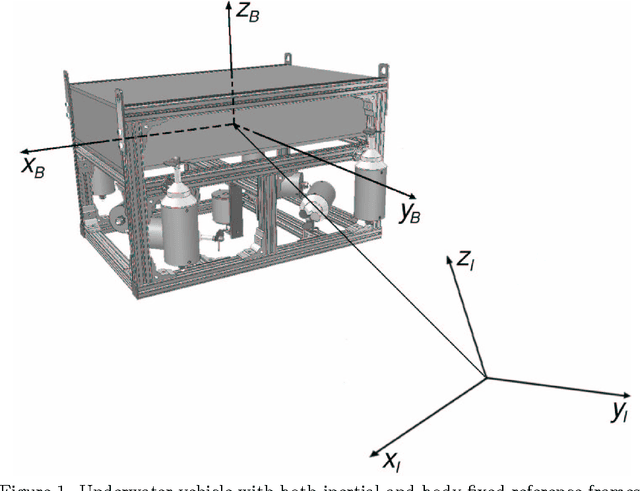
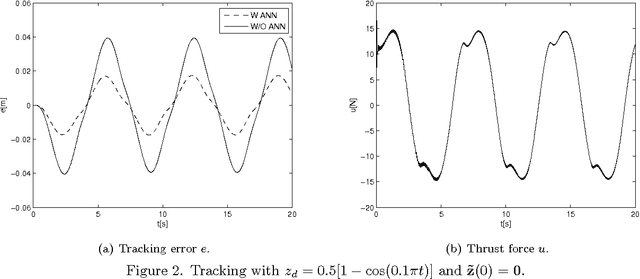
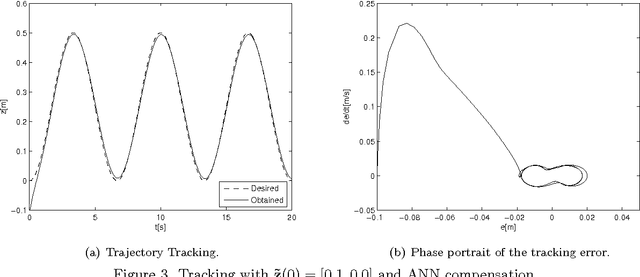
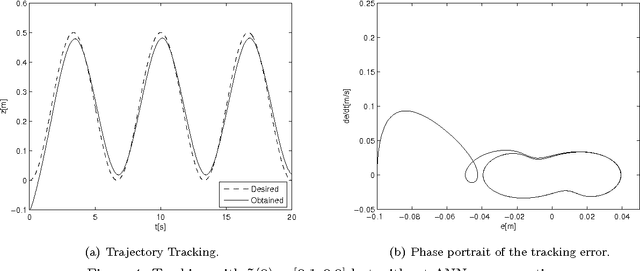
Abstract:Due to the enormous technological improvements obtained in the last decades it is possible to use robotic vehicles for underwater exploration. This work describes the development of a dynamic positioning system for remotely operated underwater vehicles based. The adopted approach is developed using Lyapunov Stability Theory and enhanced by a neural network based algorithm for uncertainty and disturbance compensation. The performance of the proposed control scheme is evaluated by means of numerical simulations.
Intelligent control of a single-link flexible manipulator using sliding modes and artificial neural networks
Mar 21, 2022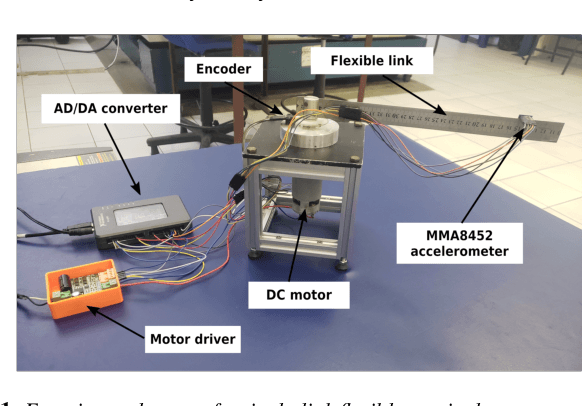
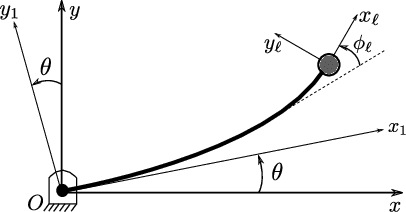
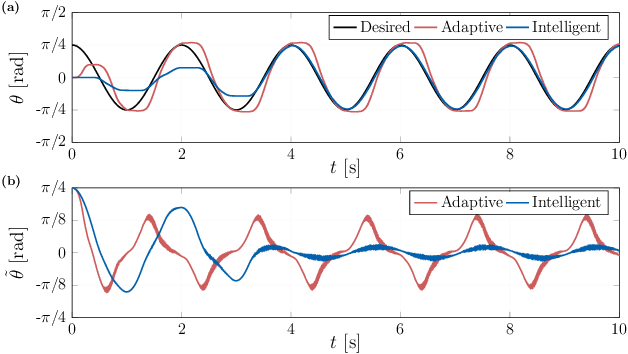
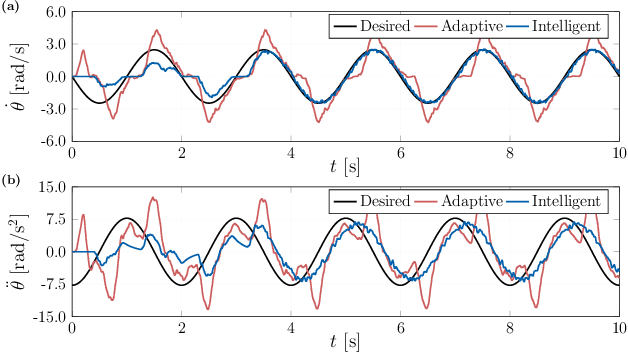
Abstract:This letter presents a new intelligent control scheme for the accurate trajectory tracking of flexible link manipulators. The proposed approach is mainly based on a sliding mode controller for underactuated systems with an embedded artificial neural network to deal with modeling inaccuracies. The adopted neural network only needs a single input and one hidden layer, which drastically reduces the computational complexity of the control law and allows its implementation in low-power microcontrollers. Online learning, rather than supervised offline training, is chosen to allow the weights of the neural network to be adjusted in real time during the tracking. Therefore, the resulting controller is able to cope with the underactuating issues and to adapt itself by learning from experience, which grants the capacity to deal with plant dynamics properly. The boundedness and convergence properties of the tracking error are proved by evoking Barbalat's lemma in a Lyapunov-like stability analysis. Experimental results obtained with a small single-link flexible manipulator show the efficacy of the proposed control scheme, even in the presence of a high level of uncertainty and noisy signals.
* 4 pages, 5 figures
 Add to Chrome
Add to Chrome Add to Firefox
Add to Firefox Add to Edge
Add to Edge